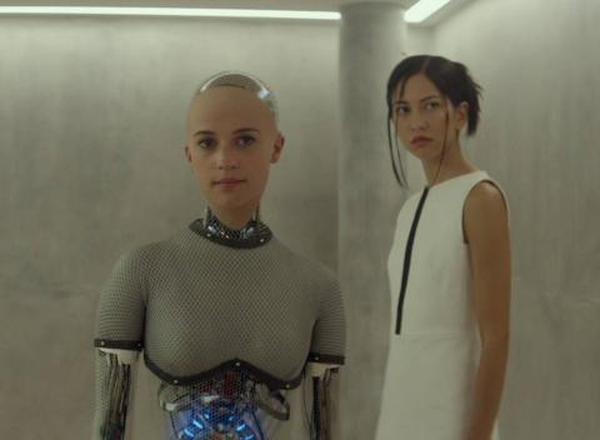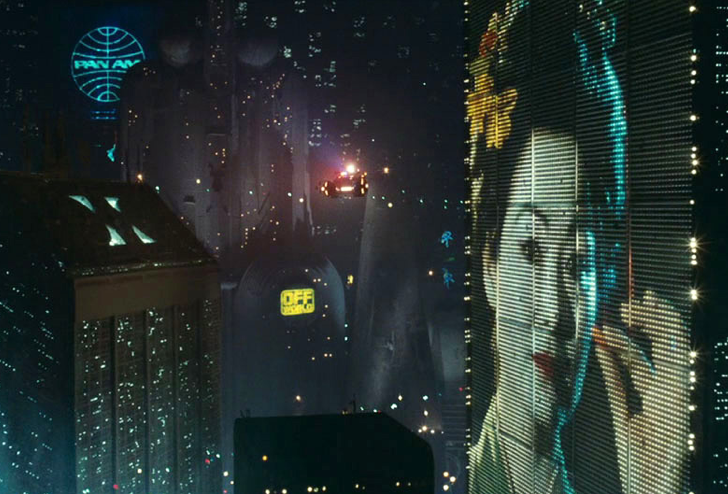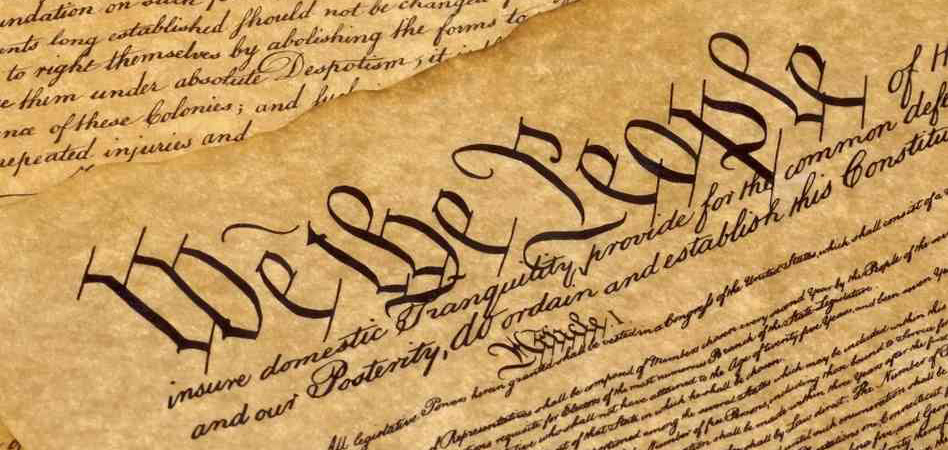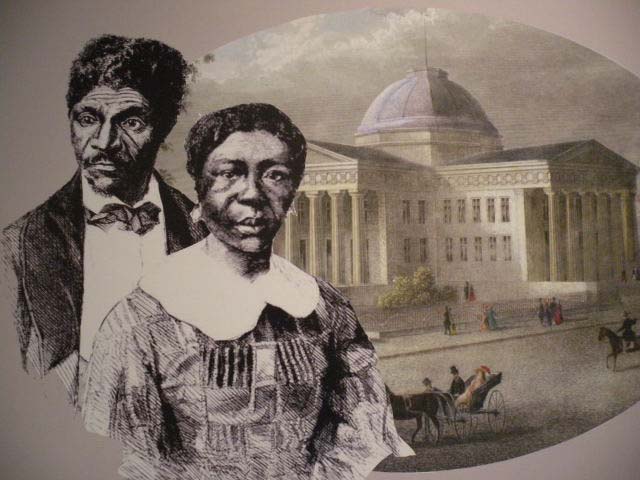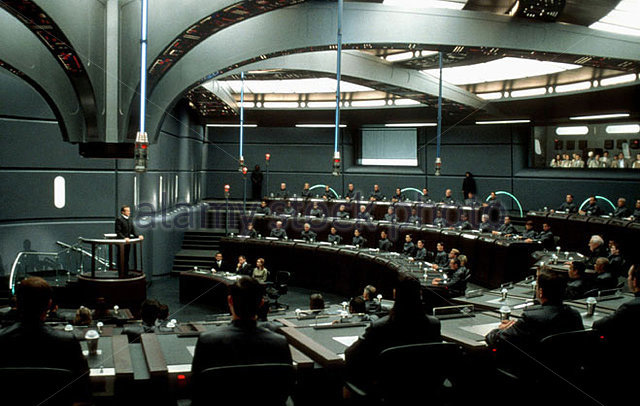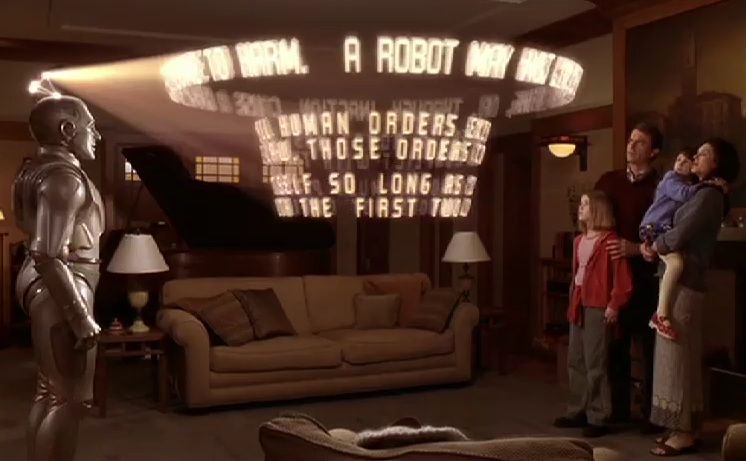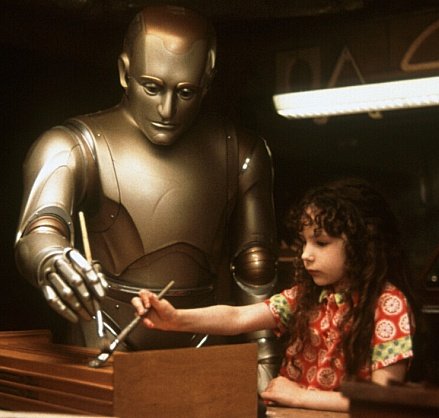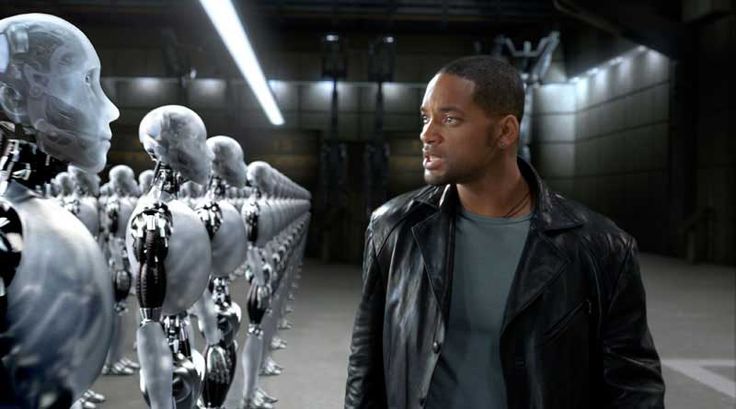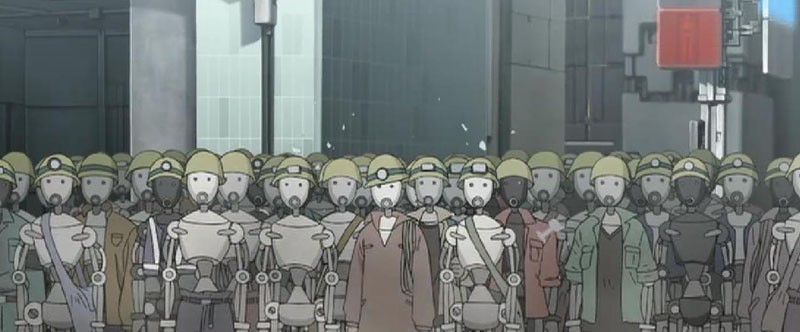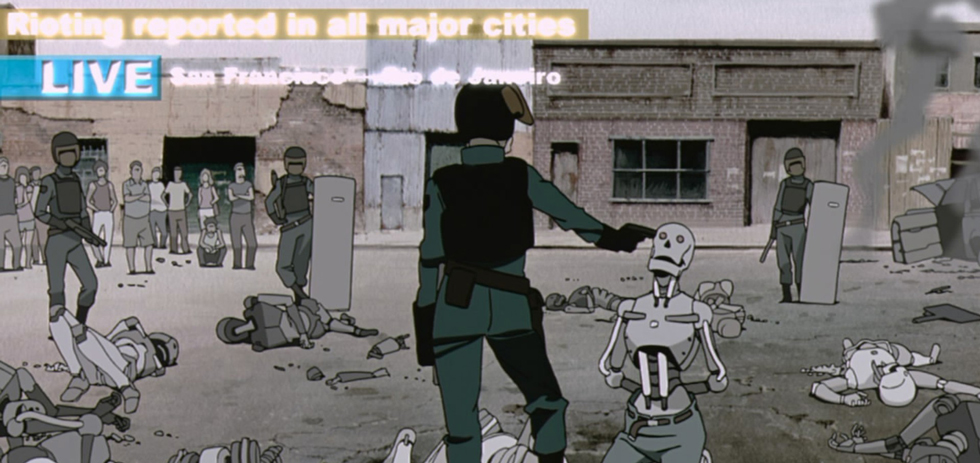.>. Data Liberation, Data Revolution
When we speak of "institutional" bias or racism we speak of our own institutions. These include cinema.
The Robot's Constitution - its source-code is ruled by fundamental constraints.
/////Asimov's Rules: "Three Laws of Robotics"
A robot may not injure a human being or, through inaction, allow a human being to come to harm.
A robot must obey orders given it by human beings except where such orders would conflict with the First Law.
A robot must protect its own existence as long as such protection does not conflict with the First or Second Law.
/////
The United States Constitution =
The kernel of our government's source-code.
Article 1, Section 2, Paragraph 3 reads:
Representatives and direct Taxes shall be apportioned among the several States which may be included within this Union, according to their respective Numbers, which shall be determined by adding to the whole Number of free Persons, including those bound to Service for a Term of Years, and excluding Indians not taxed, three fifths of all other Persons.
Dehumanization coded directly into the our nation's "source-code."
"Dred Scott Decision" (link)
aka "Dred Scott vs Sanford" (1857)
Dred Scott sued in Federal Court seeking his and his wife Harriet's freedom whie being held captive in the free-state of Illinois. The Supreme Court ruled against him, further requiring his enslavement.
The U.S. Supreme Court wrote that if Scott were permitted to be free in a free-state:
"It would give to persons of the negro race, ...the right to enter every other State whenever they pleased, ...to sojourn there as long as they pleased, to go where they pleased ...the full liberty of speech in public and in private upon all subjects upon which its own citizens might speak; to hold public meetings upon political affairs, and to keep and carry arms wherever they went." (link)
The court ruled that states where slavery had been abolished were not entitled to free slaves, because this would be a deprivation of a slaveholder's "property" rights. (link)
Ultimately overturned by the 14th Amendment to the constitution and the Civil Rights Act of 1866 after the Civil War.
Dred and Harriet Scott were human beings, not machines. They were humans, despite the perversion of the instiutions that sought to mechanize them, "legally" defining them as less-than-human.
Allegories of "new" life written across the framework of a dhehumanized source-code, an institutionally oppressive history.
When science fiction and cyberpunk map stories of AI to histories of institutional oppression, whose point-of-view do we perceive?
Asimov's Rules: "Three Laws of Robotics"
A robot may not injure a human being or, through inaction, allow a human being to come to harm.
A robot must obey orders given it by human beings except where such orders would conflict with the First Law.
A robot must protect its own existence as long as such protection does not conflict with the First or Second Law.
The film posits the following:
.> "The Idea of Freedom" was _given_ to Bicentennial Man by his maker.
.> Love between Andrew and "Little Miss" is seen as socialy-unacceptable. Instead he is "honored" to serve at her Wedding where she marries a human man.
.> Andrew's Legal Status as human is initially denied by the Government. Ultimately, his humanity is "granted" as he transforms (augmentation), his body to become mortal. His dignity is not recognized by the legal-body until he has died.
When can this mapping to history and allegorizing be seen as condescending?
When is it trivializing?
What of the cultural source-code makes this cybernarrative overlay problematic?
Who is the hero / the protaganist in a story of Android revolution?
Us vs Them = wherein "they" are dehumanized and, if "given" autonomy will conquer "us."
"Animatrix: The Second Renaissance, Parts 1 & 2" by Mahiro Maeda
